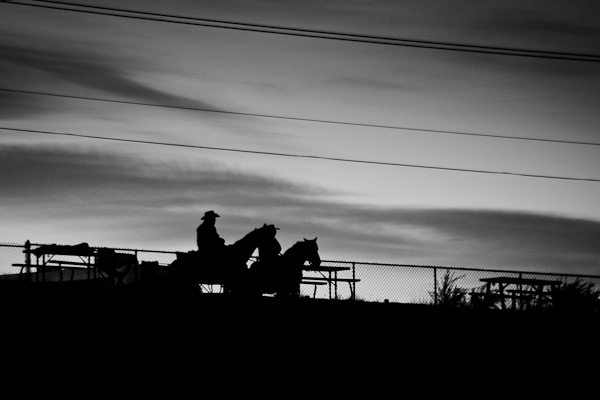Quite often as I read books, articles, and ebooks that attempt to teach me some of the art of photography I come across a section that attempts to give me some ideas on how to learn to “see” better. The instruction is well meaning and often helpful but something about it usually leaves me a bit flat. For the longest time I could not discover what about it was leaving me feeling this way. Then, after watching this interview by master interviewer Charlie Rose of master photographer Henri Cartier-Bresson, something started to slowly dawn on me.
You see, Cartier-Bresson attempted to communicate to Charlie Rose a basic tenet of his method. Granted, he could have done better and Charlie could have listened better, but it is in there. Repeatedly the Frenchman stated the key was to stay present, sensitive, and receptive.
He was attempting to describe to Charlie what Charlie was not being at the moment: present, sensitive, and receptive. When we are in this state the world presents itself to us. We don’t have to go seek it. It is a state of mindfulness that stays open, saying “yes, yes, yes” to that which is presented to it. It is a very subtle difference but one that I think makes a crucial difference in how images are made
There is a difference between “looking” and “seeing” and that difference is one of activity and intention. Looking is active. It is a search. By looking we are actively searching, attuning our eyes to the light and seeking. We are going into our environment to come in contact with something, or someone, and photograph them. Seeing, in the way that Cartier-Bresson was doing it, is not active; it is receptive. He is open and waiting, staying present to the moment. The only action comes when he presses the shutter release button. It is a meditative state, I believe. I think Cartier-Bresson meditated his way through the creation of the photograph.
This is why, I believe, he is so resistant in this interview or take credit for the images. He didn’t do anything; he not responsible. He simply prepared the environment, both internal (by preparing his mind to be receptive) and external (by placing himself in optimal environments) and remained receptive and responsive. Then all that was left to do was obey the muse a press the button when she instructed him to.
So, while all those exercises in the instructive books I read will teach me to look really well and will be helpful in increasing my ability to notice, in the end I will need to learn to be present, sensitive, and receptive. Only through this will I be ready to receive the photograph.

